|
MIAD (Milwaukee Institute of Art & Design), located in Milwaukee’s Historic Third Ward, is Wisconsin’s only four-year, private college of visual art and design. Founded in 1974, it is the successor to the venerated Layton School of Art. MIAD is a member of the Association of Independent Colleges of Art and Design (AICAD), a consortium of 42 leading art schools in the United States and Canada. MIAD currently serves 866 full-time students, 600 pre-college students, and 250 students in outreach and special programs. MIAD has been in the current location at 273 E. Erie Street in Milwaukee since 1992. Photograph courtesy of MIAD. All rights reserved. MIAD has two nationally recognized museum galleries on campus, The Brook Stevens Gallery and the Layton Gallery. We recently had the opportunity to speak with MIAD’s gallery director Mark Lawson and gallery manager Steven Anderson about the unique opportunities and challenges offered by the collections they oversee. These include The Layton Collection, the MIAD Collection, the Guido Brink Collection and three Design Collections. What is the focus of the collection you oversee? Mark Lawson: It is really several collections. The mostly fine art components of the collection can be essentially broken down into three segments. The Layton Collection came from the Layton School of Art which was active until 1974 and eventually evolved into MIAD. The MIAD Collection is everything from 1974 onward and the Guido Brink Collection. Artwork from the MIAD Collection is on view throughout MIAD’s campus, including Martin and Malcolm, 2016 a digital print by George Lum and Carousel Cookies, paint and gold leaf on board by Elyse Fehrenbach. Both artists are MIAD alumni. Photograph courtesy of MIAD. All rights reserved. Paintings from the MIAD Collection are on view throughout MIAD’s campus, including View of the Third Ward from MIAD, an oil on board painting by 2019 graduate Ivan Vasquez. Photograph courtesy of MIAD. All rights reserved. MIAD’s Layton Collection contains paintings, sculptures, works on paper, and historical objects such as these linoleum and woodcut blocks used for printmaking. Photograph courtesy of MIAD. All rights reserved. Part of our holdings include three design collections, the Keyes Camera Collection which has about 300 mostly novelty cameras, all cataloged, the Grassl Collection which contains many 1000’s of vintage ads from magazines and is only 10% catalogued, and the Product Design Collection which has about 500 objects ranging from refrigerators to lawn care tools, to radios and boat motors. The entire Product Design Collection has been catalogued. MIAD’s Product Design Collection contains vintage and contemporary works. Lawson grouped these examples to depict a “sort of youthful exuberance from every decade.” Photograph courtesy of MIAD. All rights reserved. This original Thomas Edison phonograph is an important historical artifact as the first record player for home consumers. It plays wax cylinders and still operates. Photograph courtesy of MIAD. All rights reserved. MIAD’s Product Design Collection contains important design examples such as Evinrude boat motors. Photograph courtesy of MIAD. All rights reserved. Who is your audience and how does your collection interest them? Mark Lawson: Our audience for the different portions of the collection varies somewhat. Our MIAD college community of students, faculty, staff and alumni are our primary audience for much of the collection. One of the primary purposes for the Product Design Collection is to create exhibits about this genre. As such it has been seen by the general public both at MIAD and at other venues to which we’ve loaned various items. A view from the Brooks@20 exhibition in celebration of the 20th anniversary of the Brooks Stevens. Using didactic material shows context of design ideas and promotions. The car was loaned for the special exhibition. Photograph courtesy of MIAD. All rights reserved. Another view from the Brooks@20 exhibition in celebration of the 20th anniversary of the Brooks Stevens Gallery at MIAD. The car was loaned for the special exhibition. Photograph courtesy of MIAD. All rights reserved. Each of MIAD’s collections are used for teaching purposes. This year, the 2020 Senior Exhibit features posters that illustrate graduating students’ projects. Click HERE to view the virtual exhibition. Photograph courtesy of MIAD. All rights reserved. What has been the biggest challenge concerning the collections? Steven Anderson: Keeping the ever-evolving inventory of the art and design collection items up to date, with images, and maintaining proper storage without a registrar. However, a newly renovated collections storage space, the acquisition of collections registration software, and an intern to help re-catalog the collection as it moves to its new home, will all help to solve these challenges. MIAD’s newly built-out Collection Storage has independent climate control and is outfitted with LED fixtures. Photograph courtesy of MIAD. All rights reserved. MIAD’s new Collections Storage area is in the process of being set-up. The blue tape indicates future placement of powder-coated shelving with coroplast liners. Photograph courtesy of MIAD. All rights reserved. Mark Lawson: As college gallery operation, our primary mission is to orchestrate exhibitions for our galleries. As such, we do not have designated staffing, such as a registrar, to deal largely with collection issues. This being the case, all of our work in cataloging and care for the collection has been done when we had the time and budget to address these issues. It has only been recently that this situation has improved and been supported with added budget and attention by the college. How do you safely display and/or store high-risk pieces from the collection? Steven Anderson: In terms of display, we no longer use wire to hang artwork because we have experienced a weakening and even breakage over time. Generally, we use two “D rings” and either two corresponding wall hangers or security mount brackets. If the artwork allows for it, cleats are also a great way to hang heavy objects. Most valuable items are displayed in offices, conference rooms and highly visible public areas. Sculpture and design objects are placed under an acrylic vitrine unless the object is too large, such as a refrigerator, stove or car. Stanchions are then the best option and are often used in our gallery exhibits. Sometimes signage is needed to help inform the viewer of challenging, disturbing or even potential hazards concerning the artwork or objects being displayed. Acrylic vitrines are used to safely display objects throughout MIAD’s campus. Heavier works are hung with d-rings or cleats rather than wire. Photograph courtesy of MIAD. All rights reserved. Our renovated Collections Storage and Presentation Space allows for archival storage and a new exhibit area which will be available and visible to the MIAD community and general public. We will be using powder coated industrial shelving, rolling painting racks, flat files and a variety of archival materials to aid in protecting design objects, sculpture and 2d art. We often use polypropylene coroplast sheets, ethafoam, buffered and un-buffered paper, Tyvek, natural cotton or linen fabric, acid-free mat board and foam core among many other materials depending on the need. The new space is also equipped with its own independent environmental HVAC system to control the temperature and humidity. There are many sources of information online regarding best practices for storage, handling and display. We often refer to PACCIN (Preparation, Art handling, and Collections Care Information Network) if we are unsure of something or we reach out to others in the local museum community. What advice do you have for collectors who are just getting started? Mark Lawson: Stamps are easier. Seriously, collect what you love when it comes to art. This may not be the most profitable way to collect, but it’s the most satisfying. Keep good records of when you buy things and from whom, and as much as you can gather about the artist or designer. It is a given that you’ll forget much of this as the years pass. All collections are more valuable and comprehensive when you have this information along with the artifacts. Installation view of guest curator Danny Volk's antique typewriter collection in the exhibition "Mrs. Lincoln, What Did You Think of the Play" held at MIAD in the spring of 2020. Volk has an extensive antique typewriter collection. Photograph courtesy of MIAD. All rights reserved. ~Mark Lawson, Director of Galleries at MIAD
~Steven Anderson, Gallery Manager at MIAD
Jody Alexander
10/9/2020 09:41:22 am
This segment contained some very helpful hints. Thank you. Comments are closed.
|


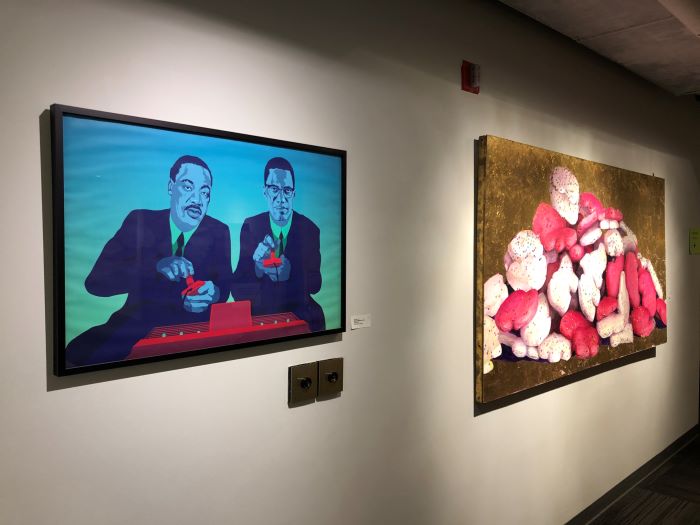
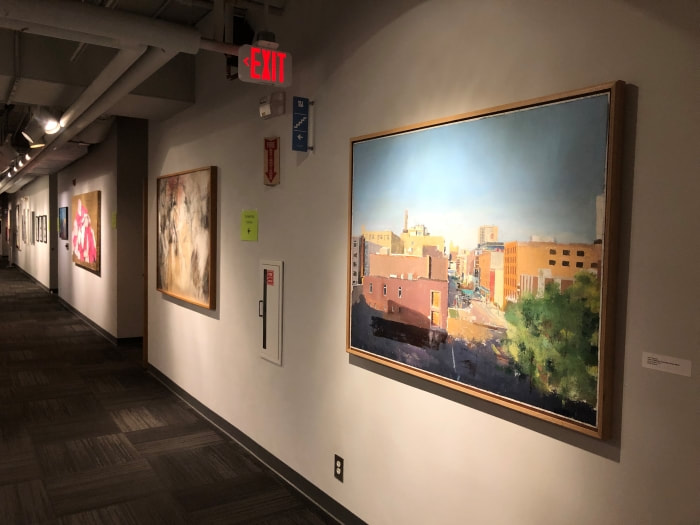
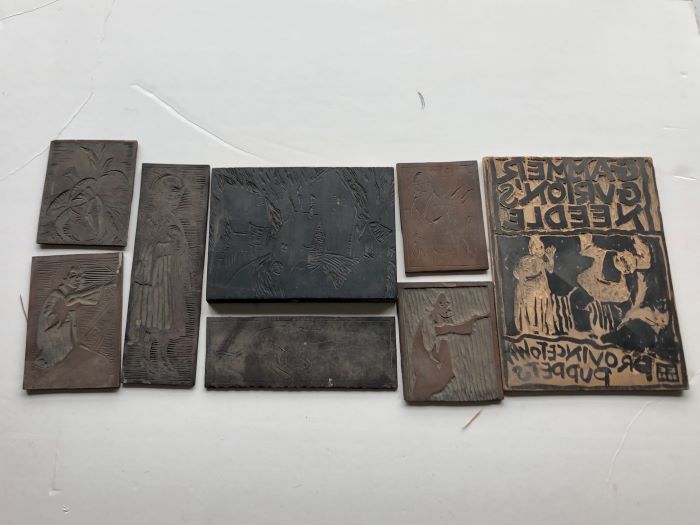
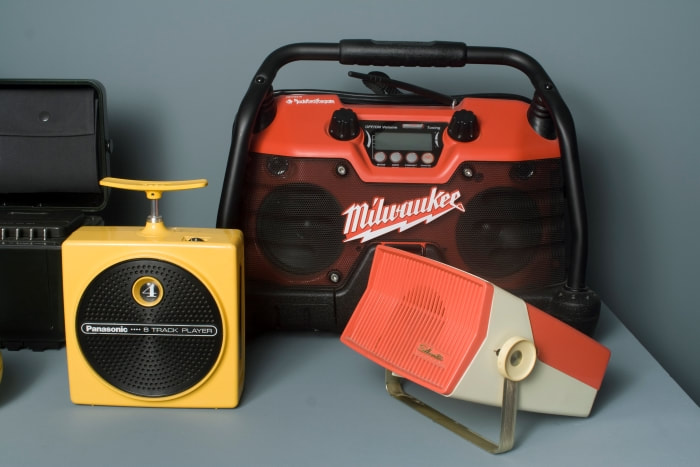
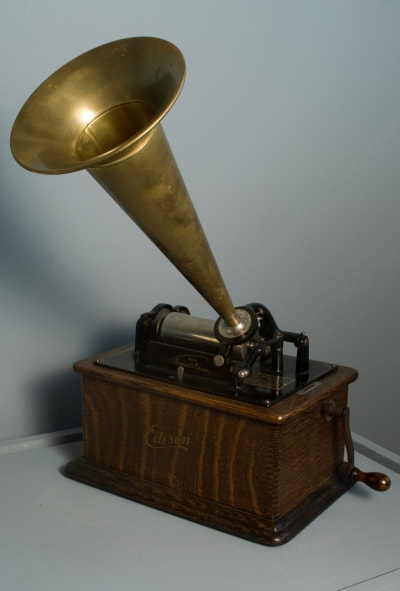
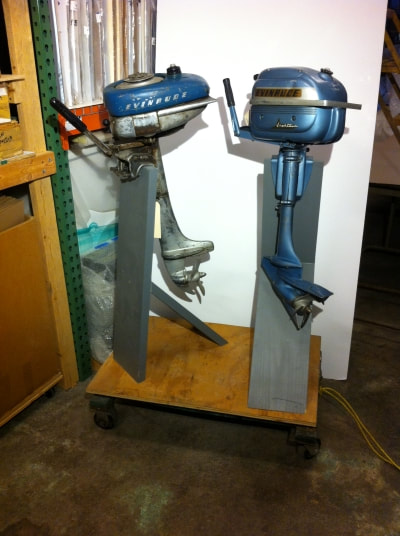
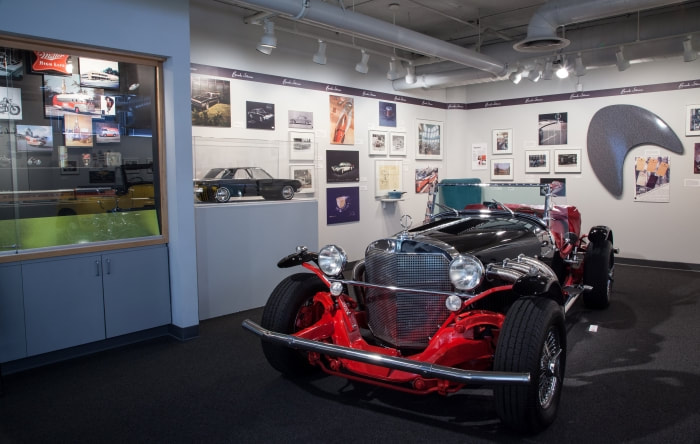
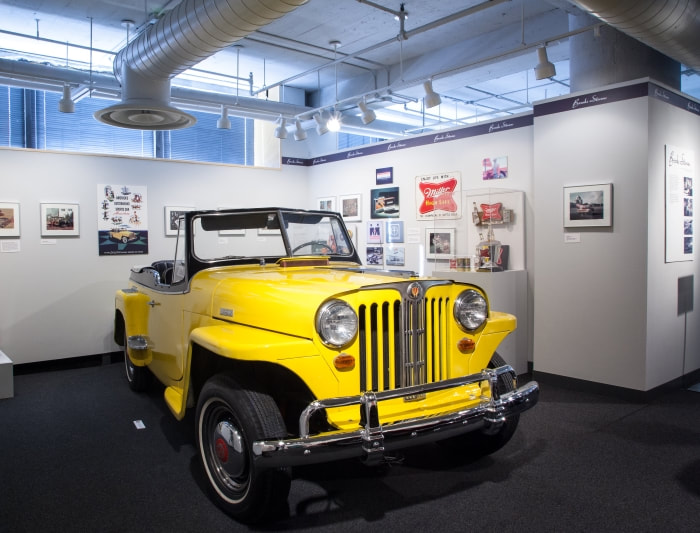
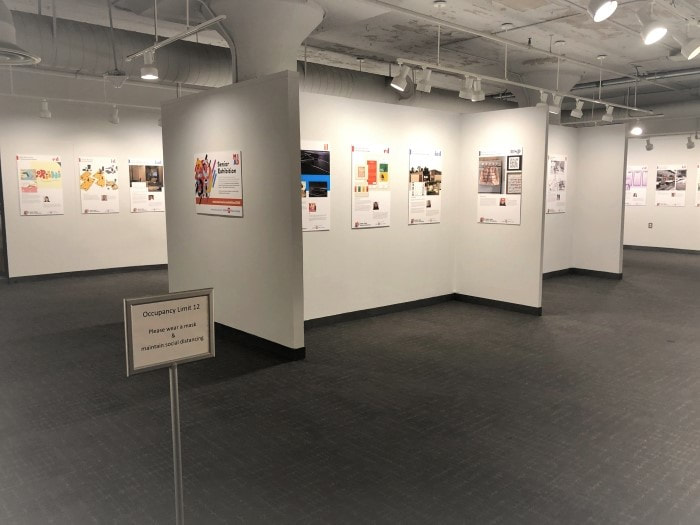
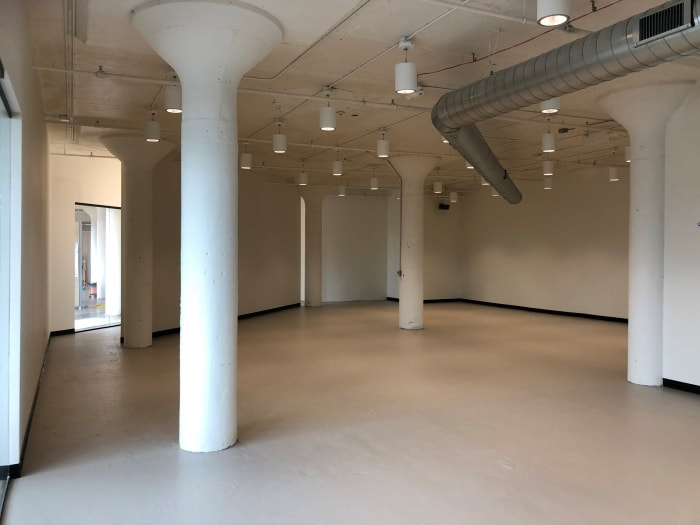
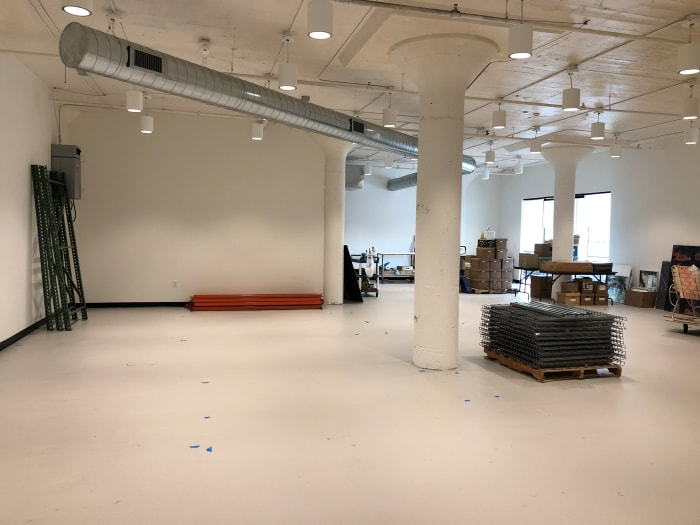
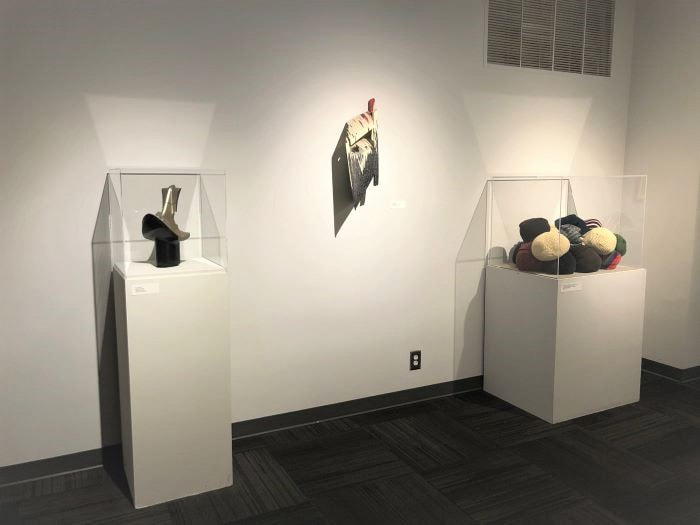
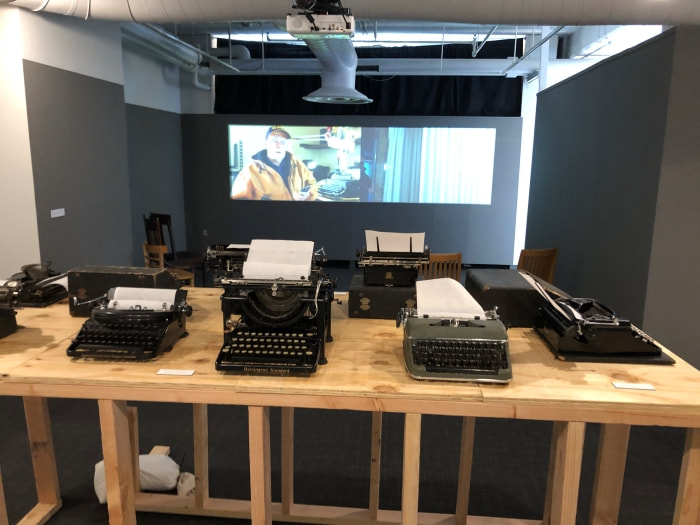
 RSS Feed
RSS Feed





